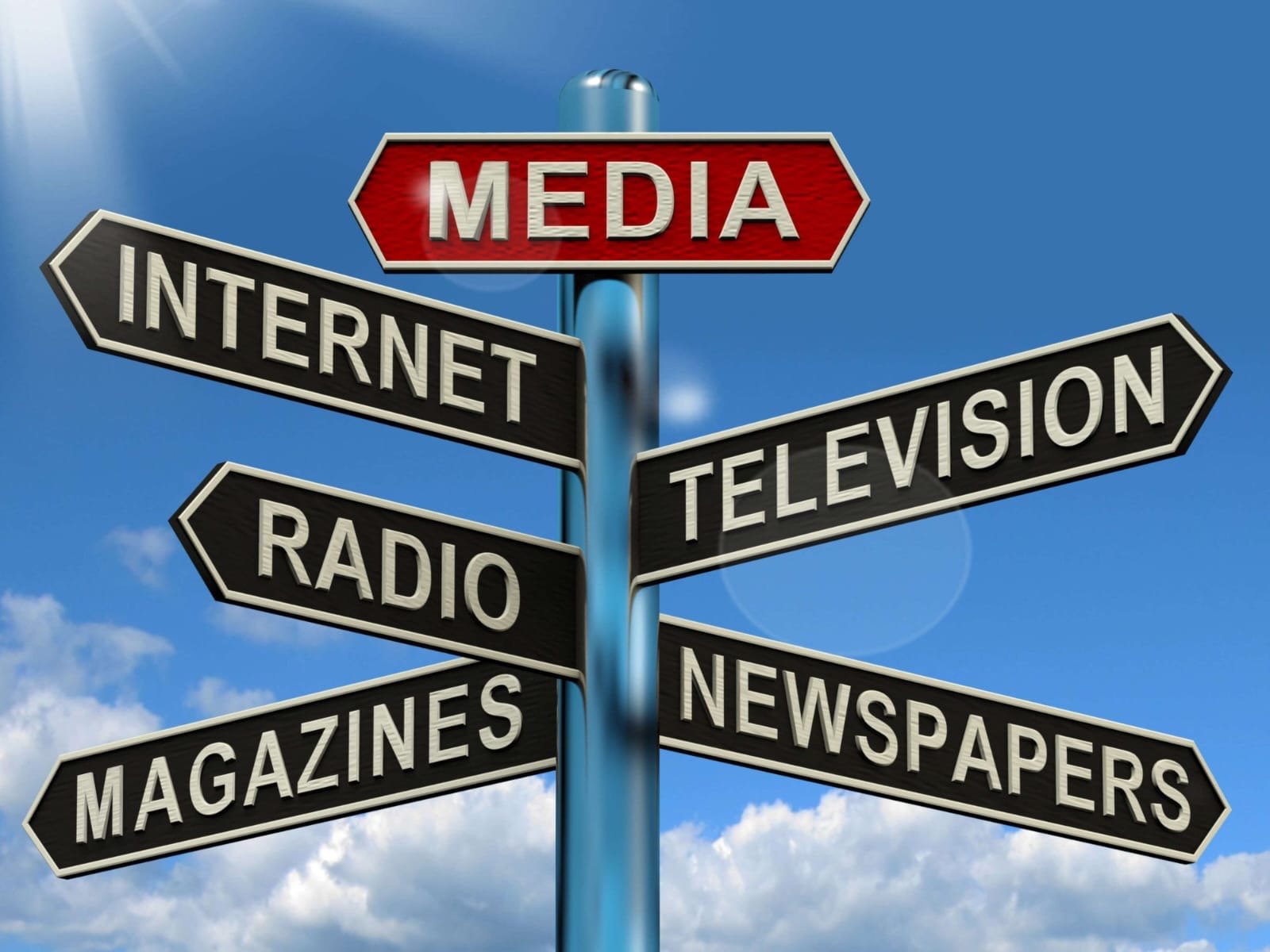
Misinformation significantly impacts public trust in media sources in several ways. Here are some key effects:
### 1. **Erosion of Credibility**
– **Skepticism Towards Sources**: When misinformation spreads, it can lead to increased skepticism about the reliability of all media sources. People may question the accuracy of news reports, even from reputable outlets.
– **Dilution of Trust**: The presence of false information can dilute the perceived integrity of media organisations, making it difficult for audiences to discern which sources are trustworthy.
### 2. **Polarisation of Audiences**
– **Confirmation Bias**: Misinformation often reinforces existing beliefs, leading individuals to favour sources that align with their viewpoints while dismissing opposing perspectives. This can create polarised media consumption habits.
– **Division Among Communities**: As misinformation spreads through different channels, it can deepen divisions within society, causing groups to distrust media that does not reflect their beliefs.
### 3. **Impact on Journalistic Standards**
– **Pressure on Journalists**: In an environment rife with misinformation, journalists may face pressure to publish quickly to keep up with the news cycle, sometimes compromising fact-checking and editorial standards.
– **Reputation Damage**: Instances of misinformation can damage the reputation of entire news organisations, especially if they inadvertently amplify false information before correcting it.
### 4. **Public Disillusionment**
– **Cynicism About Media**: Continuous exposure to misinformation can lead to public disillusionment with the media as a whole, fostering a belief that all news is biased or unreliable.
– **Decreased Engagement**: As trust wanes, individuals may become less engaged with news media, leading to lower consumption rates and a lack of awareness of important issues.
### 5. **Challenges to Accountability**
– **Difficulty Holding Sources Accountable**: When misinformation proliferates, it becomes challenging for credible media outlets to hold others accountable for spreading false information, undermining their role as watchdogs.
– **Increased Disinformation Campaigns**: The prevalence of misinformation can embolden actors who seek to manipulate public opinion, leading to further distrust in established media sources.
### 6. **Effect on Information Literacy**
– **Increased Confusion**: Misinformation can create confusion among audiences about what constitutes credible information, making it harder for individuals to navigate media landscapes effectively.
– **Need for Media Literacy Education**: The rise of misinformation highlights the need for enhanced media literacy education, helping the public develop critical thinking skills to evaluate sources.
### 7. **Impact on Decision-Making**
– **Informed Choices**: If people cannot trust media sources, their ability to make informed decisions—whether in politics, health, or social issues—may be compromised.
– **Public Health Consequences**: In domains like public health, misinformation can lead to harmful behaviours and decisions, ultimately affecting community well-being and trust in health-related media.
### 8. **Long-Term Trust Issues**
– **Persistent Distrust**: Once trust is eroded, rebuilding it can be a long and challenging process. Misinformation can create lasting doubts about the media’s role in society.
– **Generational Impact**: Younger generations exposed to misinformation may carry distrust into adulthood, shaping future media consumption habits and societal attitudes toward journalism.
Addressing the impact of misinformation on public trust in media requires concerted efforts from media organisations, educators, and policymakers. Promoting transparency, fact-checking, and media literacy initiatives can help restore trust and ensure that audiences have access to accurate and reliable information.
Misinformation significantly impacts public trust in media sources in several ways. Here are some key effects:
### 1. **Erosion of Credibility**
– **Skepticism Towards Sources**: When misinformation spreads, it can lead to increased skepticism about the reliability of all media sources. People may question the accuracy of news reports, even from reputable outlets.
– **Dilution of Trust**: The presence of false information can dilute the perceived integrity of media organisations, making it difficult for audiences to discern which sources are trustworthy.
### 2. **Polarisation of Audiences**
– **Confirmation Bias**: Misinformation often reinforces existing beliefs, leading individuals to favour sources that align with their viewpoints while dismissing opposing perspectives. This can create polarised media consumption habits.
– **Division Among Communities**: As misinformation spreads through different channels, it can deepen divisions within society, causing groups to distrust media that does not reflect their beliefs.
### 3. **Impact on Journalistic Standards**
– **Pressure on Journalists**: In an environment rife with misinformation, journalists may face pressure to publish quickly to keep up with the news cycle, sometimes compromising fact-checking and editorial standards.
– **Reputation Damage**: Instances of misinformation can damage the reputation of entire news organisations, especially if they inadvertently amplify false information before correcting it.
### 4. **Public Disillusionment**
– **Cynicism About Media**: Continuous exposure to misinformation can lead to public disillusionment with the media as a whole, fostering a belief that all news is biased or unreliable.
– **Decreased Engagement**: As trust wanes, individuals may become less engaged with news media, leading to lower consumption rates and a lack of awareness of important issues.
### 5. **Challenges to Accountability**
– **Difficulty Holding Sources Accountable**: When misinformation proliferates, it becomes challenging for credible media outlets to hold others accountable for spreading false information, undermining their role as watchdogs.
– **Increased Disinformation Campaigns**: The prevalence of misinformation can embolden actors who seek to manipulate public opinion, leading to further distrust in established media sources.
### 6. **Effect on Information Literacy**
– **Increased Confusion**: Misinformation can create confusion among audiences about what constitutes credible information, making it harder for individuals to navigate media landscapes effectively.
– **Need for Media Literacy Education**: The rise of misinformation highlights the need for enhanced media literacy education, helping the public develop critical thinking skills to evaluate sources.
### 7. **Impact on Decision-Making**
– **Informed Choices**: If people cannot trust media sources, their ability to make informed decisions—whether in politics, health, or social issues—may be compromised.
– **Public Health Consequences**: In domains like public health, misinformation can lead to harmful behaviours and decisions, ultimately affecting community well-being and trust in health-related media.
### 8. **Long-Term Trust Issues**
– **Persistent Distrust**: Once trust is eroded, rebuilding it can be a long and challenging process. Misinformation can create lasting doubts about the media’s role in society.
– **Generational Impact**: Younger generations exposed to misinformation may carry distrust into adulthood, shaping future media consumption habits and societal attitudes toward journalism.
Addressing the impact of misinformation on public trust in media requires concerted efforts from media organisations, educators, and policymakers. Promoting transparency, fact-checking, and media literacy initiatives can help restore trust and ensure that audiences have access to accurate and reliable information.






